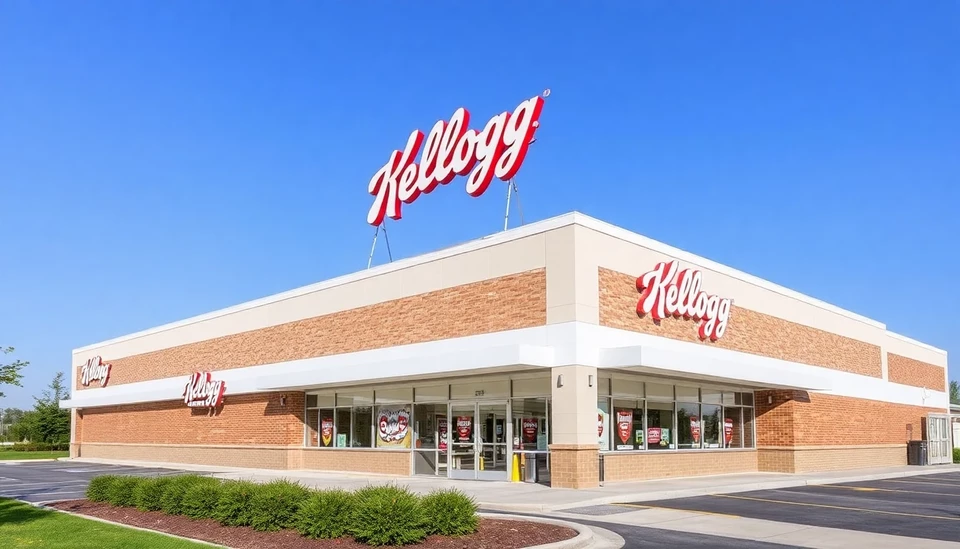
In a growing movement against artificial food coloring, industry giants Kellogg and General Mills are facing increasing pressure from health advocates, parents, and regulatory bodies to ban these synthetic dyes from their products. Concerns have escalated over the potential health risks associated with the consumption of such additives, which have been linked to hyperactivity in children and other adverse health effects.
This rising apprehension comes as more consumers demand cleaner and more natural ingredients in their foods, a trend that has prompted several companies to reconsider their ingredient lists. Advocates for change argue that artificial dyes have no nutritional value and only serve to enhance the cosmetic appeal of products. They assert that natural alternatives exist and that companies should invest in these safer options rather than relying on controversial synthetic ingredients.
As a response to these pressures, both Kellogg and General Mills have initiated discussions regarding the removal of artificial dyes. However, the complexities of reformulating their widely popular products pose significant challenges, particularly for items that receive their vibrant colors from these chemicals. With numerous products on the market, any transition would require extensive research and testing to ensure that the new formulations meet consumer expectations in both taste and appearance.
Furthermore, the call for a ban on artificial food dyes is not new; it has been amplified by recent studies and public campaigns highlighting the potential side effects of synthetic colorings. New legislation is being introduced in several states aimed at restricting the use of specific artificial colors in food products. This movement has garnered support from various public health organizations as well, pushing for stricter regulations on additives that could affect vulnerable populations, especially children.
As the debate continues, consumers are increasingly turning to brands that prioritize natural ingredients. This shift is evident in the success of brands that have already eliminated artificial dyes, gaining significant market traction among health-conscious individuals and families. Both Kellogg and General Mills are cognizant of this trend and recognize the need to adapt in order to retain customer loyalty and market share.
The outcome of these discussions remains to be seen, but it is clear that the pressure on these companies is mounting. The transformation of product ingredients could reshape the landscape of the food industry, especially if more companies follow suit. The eventual decision on whether to ban these artificial food dyes may set a precedent for others in the sector, further enthusing the movement towards cleaner food products.
As the conversation unfolds, it juxtaposes innovation and health consciousness against long-standing manufacturing processes. The move toward banning artificial food dyes is emblematic of a larger wave of shifts in consumer behavior, where transparency and safety are paramount and demand for natural ingredients continues to rise.
Food consumers are advised to remain vigilant and informed about what they are putting into their bodies. Advocacy efforts are expected to expand, potentially compelling more food brands to reconsider their ingredient choices.
The ultimate challenge lies not just in reformulating recipes but in fundamentally altering the perception of product quality, safety, and appeal in a market that rewards bold moves towards healthier options.
In conclusion, Kellogg and General Mills stand at a crossroads, where they must weigh the pressures from consumers and health advocates against the traditional practices of food dye usage. It remains to be seen how long these companies can resist the tide of change as public sentiment continues to push for healthier, dye-free alternatives.
#Kellogg #GeneralMills #ArtificialFoodDyes #HealthAdvocacy #NaturalIngredients #FoodIndustryTrends #ConsumerPressure
Author: John Harris
